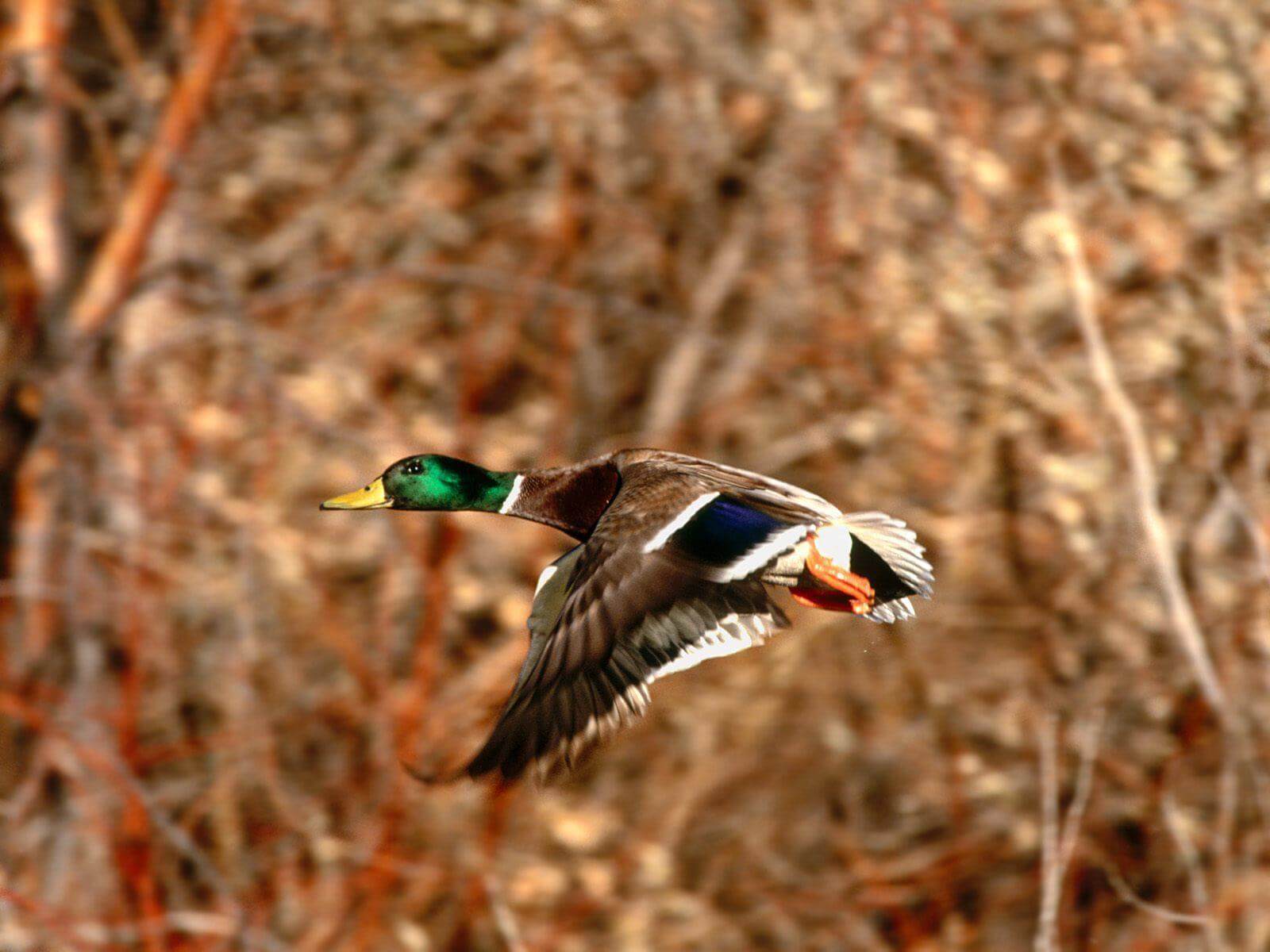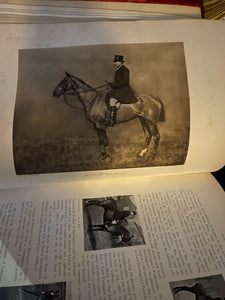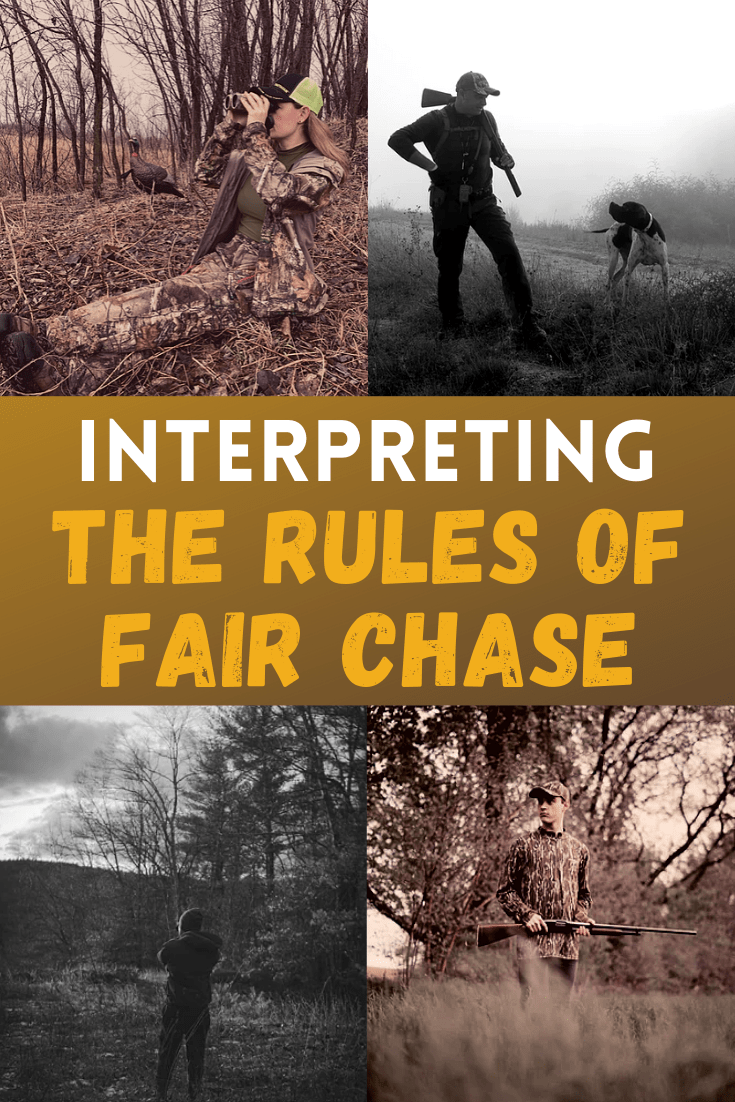
In 1999, there were 117 patients in Wisconsin who fell from a tree stand, resulting in spinal fractures. Five patients were paralysed from the 117 who fell from a tree stand. In addition, the University of Wisconsin Hospital and Clinic recorded 24 hunting accidents involving firearms in their trauma database, which includes 16 hunters in need of in-patient care. These numbers are alarming because they show that hunters can have serious injuries.
Common causes of hunting injuries
Hunting accidents result from many factors including incorrect handling of firearms. Big game can move in different ways than small game. Some move in one direction and leap, while small game fly in the opposite direction without warning. Hunter might accidentally swing his firearm out of his safe zone when the animal suddenly shifts direction. Hunting accidents can also be caused by careless handling firearms, especially if the hunter is part of a group.

To avoid slipping, hunters should use body harnesses for climbing tree stands. The safety strap clips onto the hook on the tree. Another way to avoid slipping is to use a haulline for gear transport. Remember to not fall asleep while hunting. Injuries can be fatal or severely disfiguring. Before going on a hunt, hunters must ensure they follow all safety precautions. If in doubt, consult a hunting safety book before venturing out into the woods.
Hunting accidents - Laws
Hunters might be able to bring legal action against negligent hunters for injuries sustained during hunting accidents. These accidents can be caused by a hunter mistaking another hunter's animal for a game, failure to identify a mark or any other reason. The victim must prove that the hunter was negligent, reckless, or both. Neglect can be defined as an act that is not within the safe limits of safety. In some cases, the hunter may even intentionally violate safety regulations.
In some cases, a hunting accident involving a fatality can result in a criminal charge. Criminal negligence demands that a defendant has a lack of regard and knowledge of the danger that could lead to injury. In state penal codes, criminal laws can be found. The majority of criminal laws deal with intent. This is why proving criminal liability requires a hunter to have the intention. However, if the incident is not fatal, the defendant may be held liable for negligence or failure to provide proper assistance.
Tips to prevent hunting accidents
Orange or other reflective clothing are top tips for hunting safety. Hunting accidents are seven times less likely when orange-colored clothing is worn. The use of a harness and a safety belt is also recommended. Hunters should also learn the basics of first aid before heading out in the woods. Falls from a tree stand can result in broken bones and even paralysis. Hunting can also make hunters more vulnerable to frostbite. It is also important to tell your family and friends where you hunt. It's a good idea, if possible, to have two-way radios on your hunt and to use loud noises. Hunting accidents can happen to anyone, but most often involve groups of hunters.

Hunting accidents most commonly occur when the target is misidentified. Hunting accidents happen when hunters miss identify their target, fire the gun in an unsafe way, or the bullet hits someone. Hunting accidents can easily be avoided by hunting experts who are able to correctly identify the target and remain aware of their surroundings. Some hunters find it helpful to take a formal hunter education class and observe others to practice safety procedures.
FAQ
Hunting is a great hobby.
Hunting is a game of chess. It's important to think ahead, plan every move and predict where the game will end.
Hunting is about finding food. This means that you need to know how to track prey and when to stop. If you don’t know these things you won’t be able to catch anything.
The main thing to remember when hunting is to always keep your eyes open. That way, you won't miss any opportunities. When you do see something, make sure you get close enough so that you can identify it. Then take note of everything you saw and record it. This will come in handy if you decide you want to go hunting again.
It's more than just shooting at targets. It's about being in tune with yourself, your surroundings, and the animals around you.
Can I bring my dog?
In most states, dogs are prohibited from being hunted with humans. However, there are laws in some states that allow for this practice. You can check with your state's Department of Natural Resources to see if this practice is allowed in your region.
In addition, some hunters do bring their pets along. Some hunters feel that having a pet can help them relax while they hunt. Some people believe that having a pet makes it less likely for them to lose their way.
However, it is possible to have problems with bringing your pet. Dogs tend to chase animals away from the hunter. Also, wild animals may attack the pet.
What is the U.S. Department of Agriculture's (USDA) estimation of deer hunting?
According to the USDA, about 6.5 million Americans hunt deer. Of these, only about 2.2 million actually shoot one.
This means that only 0.6 percent kill deer each year.
What type of training does it take to become an experienced hunter? What's the time commitment?
A basic course is required to learn how hunt. This course will teach you about hunting and give you information about the laws.
You will be taught how to safely handle ammunition and firearms. These items can also be used safely.
The course can last anywhere from 2 weeks to 3 months. Some courses can also be done online. Others are taught in person.
A written test must be passed to become eligible for a licence. You might also need proof that you have completed a hunter's education course.
How much does it cost to get licensed? What if there isn't enough money?
The cost of licensing varies by state. It ranges from $20 to over $100.
You may be eligible for a loan, grant or other financial assistance if you don't have enough cash.
You will also need to pay a tag. Prices for tags vary depending on what type of game you hunt.
You can purchase tags for bears, elks, mooses, waterfowl, birds of the highlands, and furbearers (such foxes)
Some states require registration with the Department of Natural Resources to be eligible for a license.
Before you go out hunting, make sure you check all local regulations.
Where is hunting the most popular in America?
Hunting is most popular in the Midwest, where people are used to living off the land.
Hunting is very popular in the Northeast due to many people being raised on hunting traditions.
For the big game, hunters travel from all parts of the country to visit these states.
Hunting is less popular in other parts of the country which makes it less likely that they will support hunters.
Statistics
- Thanks to the 1937 Pittman-Robertson Act, an 11% excise tax was placed on the sale of firearms, which were then used for conservation. (stacker.com)
- In less than 20 years, Rhode Island saw a 40% drop in the number of hunting licenses for residents, according to The Valley Breeze. (stacker.com)
- Over the past 50 years, the number of hunting licenses in California has been on a rapid decline, falling 70% from more than 760,000 in the 1970s to under 268,000 in 2020—even as the state's population has skyrocketed, according to The Mercury News. (stacker.com)
- Indiana, for example, saw a 28% jump in turkey license sales during the first week of the season. (stacker.com)
External Links
How To
How to make a Deer Blind
A deer blind can be used as a hunting device to conceal game animals like deer and elk. It consists of a small enclosure made of wood or canvas, usually covered with branches and leaves. The hunter then hides within the enclosure, waiting for the animal to move by. Hunting at night is easier with a deer blind.
There are many options for deer blinds. Some are portable while some are permanent. They are made from materials such as plywood, cardboard and plastic.
The most common types of deer blinds are box blinds (also called box stands), which consist of a wooden box with a roof and walls. Because they are easy-to-assemble and transport, boxes are very popular.
A tree stand can also be used as a deer blind. Tree stands are natural looking so that it is not obvious they exist. Most tree stands can be permanently attached to trees.
Ground blinds are another type. They are similar to tree stands but are built into ground. Ground blinds may be camouflaged with grass or dirt, rocks, or even sand. Ground blinds may also be known as "ground boxes"
You can hunt with a blind deer hunting in many different ways. You can wait for the animal's approach by sitting still. There are two options. One is to try and scare the animal away by moving around. If this is your preferred method, keep quiet and don’t move too often. This could make the animal think you are a predator, and they may run away.
The first step in using a deer-blind is to choose a location. You should pick a place where the wind won't blow your scent toward the animal. Avoid areas where people frequently hike.
Also, ensure you understand how to set up a deer blind. The last thing you want is for the animal see you and run.